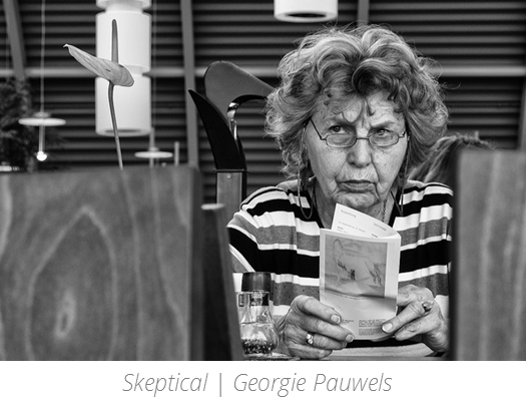- Academic Technology
Video Technology Isn’t Disrupting The Classroom
It’s become fashionable in certain circles to assert that video is changing everything when it comes to education.
 That somehow, pressing record is disrupting the university experience itself.
That somehow, pressing record is disrupting the university experience itself.
To this, we say: Nonsense.
Video isn’t disrupting the classroom.
Video is simply a tool for helping students learn. Its use in the classroom is a natural evolution of existing pedagogies — a logical application of an increasingly accessible technology.
Let’s look at a few examples of increasingly technology-enabled classroom practices, that have been around much longer than the technology itself.
Lecture Capture
For centuries, students have feverishly scribbled notes to record the key points of a lecture. In recent decades, many students have individually adopted newer technologies for the task, bringing in tape players, laptops, and digital voice recorders to better capture the materials covered.
Using video for lecture capture simply levels the playing field, ensuring that all students have equal access to the information presented in-class. That access, in turn, enables students to revisit and absorb key points at their own pace. It also enables them to engage more actively in the classroom without fear of missing any essential details.
The Flipped Classroom
Teachers have been assigning readings as homework and dedicating class time to discussing the previous night’s pages since Gutenberg.
Using video merely expands the realm and depth of what can be presented prior to class. Lab demonstrations, step-by-step tutorials, and tours of remote locations are just a few of the new options for the traditional pre-reading assignment.
Watch an example flipped classroom video below:
Student Assignments
There may be no older form of instruction than learning through imitation, a pedagogy we now call role-play exercises or student presentations.
Using video adds value to those activities simply by making it possible to capture and review them. This enables students to watch and learn from their own performances and to review best practices from fellow classmates. It also offers teachers the opportunity to repeat these activities much, much more often.
For teachers, video isn’t changing the classroom — it’s preserving and enhancing it. Where video is in place, instructors are extending their lesson materials, making it possible for students to rewind, replay, and take ownership of their learning experiences.
And for any student who’s ever gotten lost on a complex topic or just missed a day due to illness or travel, video isn’t disrupting anything. It’s capturing what would otherwise be fleeting moments and ensuring they can still be watched, absorbed, and applied.
Experiential Learning
In many academic programs, experiential learning has been a requirement to even earn a degree for decades. Teachers, nurses, doctors, lawyers, and more all spend extensive time practicing their learnings in the field through student teaching, clinicals, residencies, fellowships and so on before they can graduate.
Video technology now allows educators to bring more of these experiences into the classroom so students are better prepared to tackle real-world challenges in their new professions.
Video-enabled experiential learning such as patient interactions, recorded mock trials, or Geology field demonstrations, to name a few, doesn’t replace those crucial immersive learning experiences in the field, but it does better prepare students for real-world situations. With video-supported course designs, students get more opportunities to practice with their instructors by their sides and to receive valuable feedback before ever stepping foot in the field.
Related Reading: 10 Video Trends You Should Know About That Enhance The Student Learning Experience
Support Teaching and Learning With Panopto
Panopto’s video platform for education is used by 20 of the top 25 universities in the world to support teaching and learning. If you’d like to see how this one video technology can enhance many different aspects of the student experience on your campus, contact us to request a free trial today.




